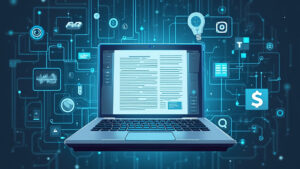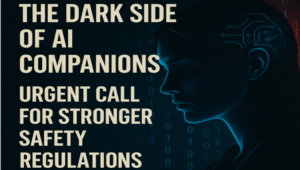The drone which is also known as the unmanned aerial vehicle is a pilot-less aircraft.
A component of unmanned aircraft systems, drones do not have crew or passengers on board.
The other components of unmanned aircraft systems are ground-based controllers and a
system of communication along with the UAV.
UAVs can operate with the help of remote control by a human operator in which case they are called remotely piloted aircraft.
Often associated with the military, UVAs were initially used for anti-aircraft target practice intelligence gathering and as weapons platforms.
How do Drones work?
Drones have two basic functions: flight mode and navigation.
Drones have rotors, propellers, and a frame. The frame of a drone is typically made of a lightweight, composite material to reduce weight and increase maneuverability.
What are common drone features and components?
Drones have a large number of components, including: electronic speed controllers, which control a motor’s speed and direction;flight controller;GPS module;battery; antenna; receiver; cameras; sensors, including ultrasonic sensors and collision avoidance sensors; accelerometer which measures speed; and altimeter, which measures altitude.
Commercial and enterprise drone applications
Non military drone use has increased over the past decade. Beyond surveillance and delivery applications, UAVs are used for journalism, search and rescue, disaster response, asset protection, wildlife monitoring, firefighting, communications relay, healthcare and agriculture.
The integration of drones and internet of things (IoT) technology has created many enterprise applications. Drones working with on-ground IoT sensor networks can help agricultural companies monitor land and crops; energy companies survey power lines and operational equipment; and insurance companies monitor properties for claims and policies.
Read more on: The Road Ahead For The Healthcare Industry.
Other uses of Drones:
- Agriculture. Drones measure and record the height of crops. They use LIDAR remote sensing technology that illuminates the crop with a laser and calculates distance by measuring what is reflected back. This can help farmers promote sustainable farming practices.
- Biological monitoring. Drones with biological sensors fly to unsafe areas to take air or water quality readings. They also can check for the presence of specific micro-organisms and atmospheric elements.
- Wildfire monitoring. Firefighters use drones to survey an affected area to determine the extent of the damage and how fast a fire is spreading. Images taken provide details of the damage.














